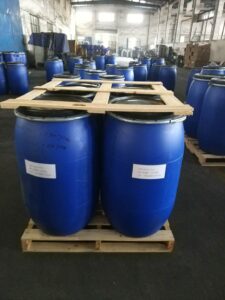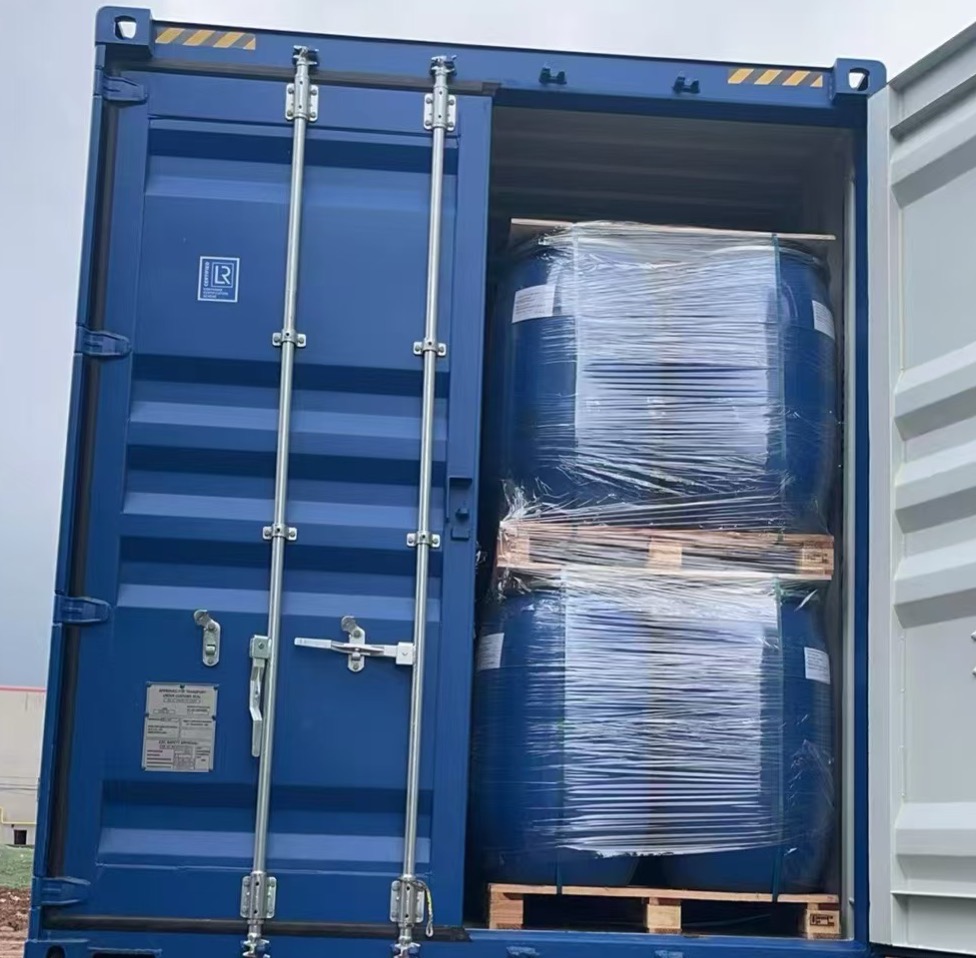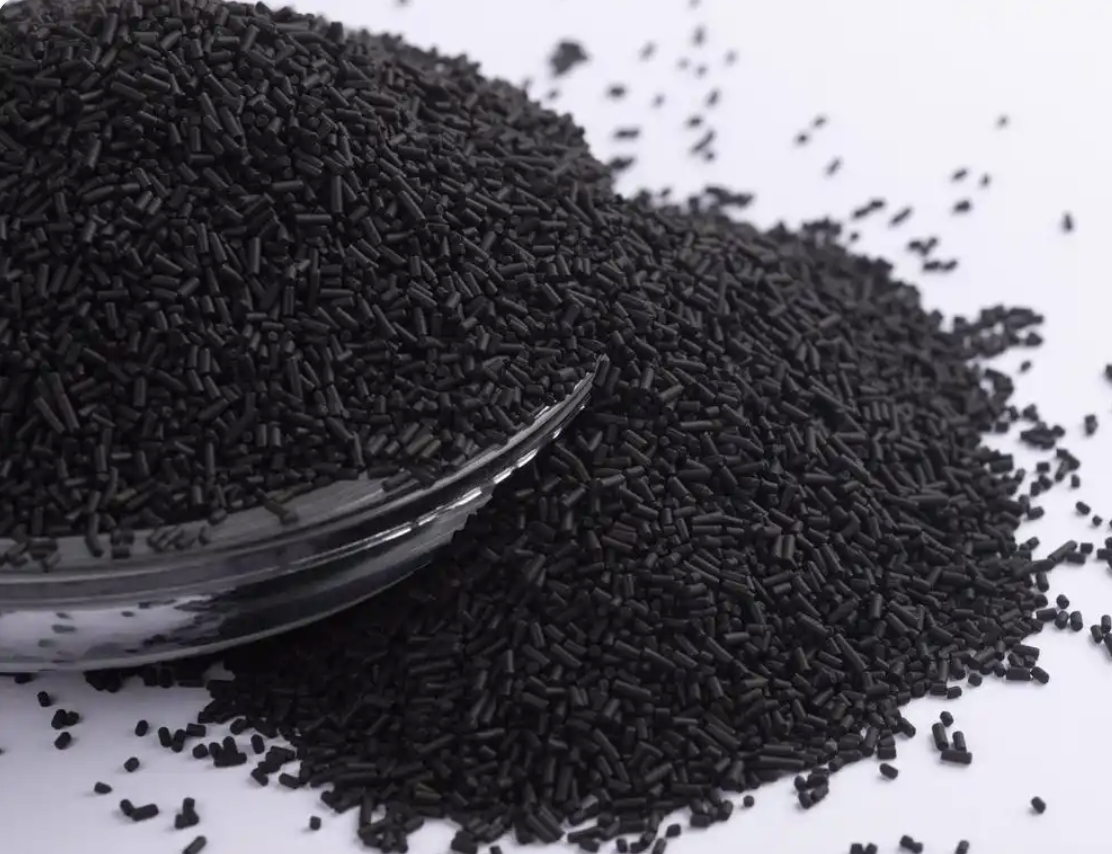Analysis of the Compressive Strength of Molecular Sieves
I. Definition of the Average Compressive Strength of Molecular Sieves
Molecular sieves are a special type of porous material with highly ordered pore structures and large specific surface areas. They are widely used in chemical, petroleum, and metallurgical industries. Compressive strength is an important indicator for evaluating the quality and performance of molecular sieves. The average compressive strength of molecular sieves refers to the average value of the compressive strengths of individual particles under standard test conditions when a certain amount of molecular sieve particles are placed in a testing machine and subjected to external force for compression.
II. Calculation Method of the Average Compressive Strength of Molecular Sieves
The average compressive strength of molecular sieves can be tested through standard test methods. Usually, a universal testing machine is used to conduct compression tests on molecular sieve particles. A certain amount of molecular sieve samples are placed on a pressure plate and subjected to a certain axial pressure for compression. During the compression process, the relationship between the axial load and displacement is recorded, and a load-displacement curve is plotted. The compressive strength of the sample and its variation pattern are calculated based on the curve.
III. Application of the Compressive Strength of Molecular Sieves in Industrial Production
As an important adsorbent, molecular sieves are widely used in chemical, petroleum, and metallurgical industries. The compressive strength of molecular sieves directly affects their stability and service life during the production process. Therefore, manufacturers require molecular sieves to have a certain compressive strength according to certain standards.
IV. Impact of Compressive Strength on the Quality and Performance of Molecular Sieves
The higher the compressive strength of molecular sieves, the better their mechanical and chemical stability during the production process. Molecular sieves with low compressive strength are prone to breakage, deformation, or failure under pressure. Therefore, improving the compressive strength of molecular sieves is an important way to enhance their quality and performance. In practical applications, molecular sieves are usually filled in various adsorption devices, such as pressure swing adsorption units. During the adsorption and production processes, molecular sieves are subjected to various forces, including gas flow impact, particle-to-particle compression, and pressure from the equipment itself. If the compressive strength of carbon molecular sieves is insufficient, they are prone to breakage and generate fine powder. This not only reduces their effective adsorption area and affects the adsorption separation effect but also may clog equipment pipelines, increase system resistance, and even cause equipment failure, affecting the normal operation of production. Therefore, a higher compressive strength is crucial for protecting the performance and service life of molecular sieves. The compressive strength of molecular sieves refers to their ability to resist compressive failure and is an important indicator of their mechanical properties.
V. Factors Affecting the Compressive Strength of Molecular Sieves
1. Type of Molecular Sieves: Different types of molecular sieves have different crystal structures and chemical compositions, and thus their compressive strengths may vary. For example, A-type molecular sieves and X-type molecular sieves may exhibit different compressive properties under the same conditions.
2. Preparation Process and Conditions: During the preparation of molecular sieves, the control of process parameters such as temperature, pressure, and time can affect their crystal growth and pore structure, thereby influencing their compressive strength. Optimizing the preparation process can improve the compressive performance of molecular sieves.
VI. Measurement Methods for the Compressive Strength of Molecular Sieves
The compressive strength of molecular sieve samples is usually determined by compression tests using a pressure testing machine to measure their deformation and failure under certain pressure. By comparing the performance changes of samples under different pressures, their compressive strength can be determined. This method is simple to operate and provides intuitive results, and is widely used in the performance evaluation of molecular sieves.
Regarding whether the quality of molecular sieves is mainly determined by compressive strength and whether a higher compressive strength indicates better quality, under the premise of ignoring adsorption rate and regeneration usage, the compressive strength of molecular sieves can indeed reflect relatively higher quality. Because the higher the compressive strength of molecular sieves, the more they can ensure that they do not break or generate dust in the frequent pressure changes and gas impact during operation, thereby ensuring the reliability of equipment operation. The adsorption cavities inside the molecular sieve are also not easily damaged, and the adsorption capacity can be maintained for a longer time, with a longer service life.
VII. How to increase the compressive strength of molecular sieves? Let’s first understand the forming process of molecular sieves:
1. Prepare raw materials according to the molecular sieve formula
2. Glaze and form into balls
3. Strengthen
4. Dry
5. Calcination and activation
6. Cool and package
(During this process, there are five screenings)
In the above production process, improving the raw material formula and drying and calcination may affect the compressive strength of the molecular sieve. Therefore, the quickest and most widely used method is to increase the compressive strength of the molecular sieve by modifying the proportion of raw materials – reducing the amount of molecular sieve raw materials and increasing the proportion of binders.
In this way, the strength can be easily increased, and with the reduction of the amount of molecular sieve raw materials, the production cost can be significantly reduced. However, this crude method will lead to the following problems:
1. After the molecular sieve is formed into balls, the internal adsorption cavities are reduced, and the adsorption capacity is significantly reduced, losing the characteristic of adsorption precision of the molecular sieve.
2. The increase in binders makes the walls between the internal adsorption cavities of the molecular sieve thicker. If regenerated by heating, the difficulty of thorough heating will further increase.
Therefore, it is not the case that the higher the strength, the better. While increasing the product strength, the adsorption capacity must be guaranteed. To achieve this goal, improvements and upgrades should be made from the following two aspects:
1. Select higher-quality molecular sieve raw materials with stronger Si-O bond strength and tighter atomic structure.
2. Achieve integrated automation of the production line and scientifically control the temperature change curve during sintering and forming.
Through these improvements, the compressive strength of the molecular sieve has been increased, and its activation and adsorption capacity have also been enhanced.

VIII. Conclusion
In conclusion, the average compressive strength of molecular sieves is an important indicator for measuring their quality and performance, which is tested by standard test methods. The magnitude of compressive strength directly affects the stability and service life of molecular sieves in the production process and is influenced by multiple factors. Therefore, manufacturers should understand and master the pressure resistance characteristics of molecular sieves, strengthen the testing and control of product compressive strength, improve product quality and performance, and better apply and optimize this important material to promote technological progress and industrial development in related fields.


